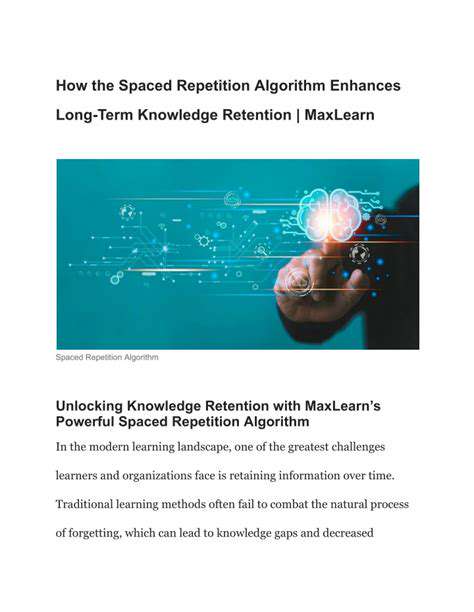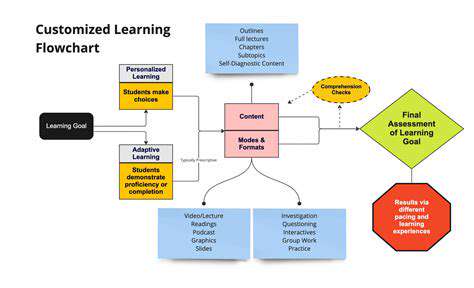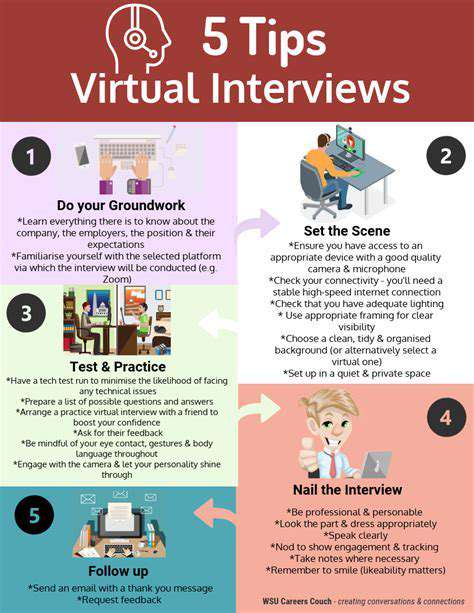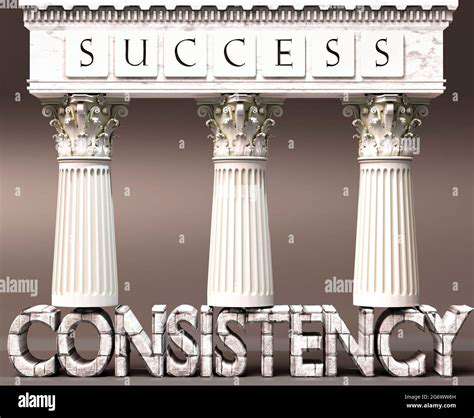Tips for Memorizing Formulas for Exams

Utilizing Mnemonics and Acronyms for Enhanced Recall

Mnemonic Devices for Enhanced Learning
Mnemonic devices are memory aids that help us encode and retrieve information more effectively. These techniques often rely on associating new information with something already familiar, such as a catchy phrase, a vivid image, or a memorable acronym. They are particularly useful for learning lists, sequences, or complex concepts. By creating strong connections, mnemonics strengthen memory pathways and make recall easier.
Using mnemonics can be highly beneficial in various learning contexts, from memorizing historical dates to understanding complex scientific formulas. The effectiveness stems from the fact that they transform abstract information into something more concrete and relatable, making it easier to retain.
Acronyms and Their Power
Acronyms, which are words formed from the initial letters of a series of words, are a powerful mnemonic device. They condense lengthy information into a single, easily remembered unit. This simplification dramatically reduces the cognitive load associated with memorizing lengthy lists or complex procedures. Remembering acronyms often involves less effort, leading to faster and more accurate recall.
For example, ROY G. BIV is a popular acronym used to remember the colors of the rainbow. The simple combination of the first letters makes it remarkably easy to recall the entire sequence.
Creating Visual Mnemonics
Visual mnemonics, such as creating vivid mental images, are highly effective in enhancing memory. Imagine a scene, a character, or a unique scenario linked to the information you want to remember. The more bizarre and memorable, the better. This technique leverages the power of visual encoding, a crucial component of human memory.
A good example of a visual mnemonic is associating a specific date with a significant event. Imagine a humorous scene or a dramatic image linked to that date. This can make the event more memorable and easier to recall.
The Role of Rhymes and Songs
Rhymes and songs are often used as mnemonic devices for memorizing facts, figures, and sequences. The rhythmic structure and catchy tunes make the information more memorable. Rhymes and songs are particularly effective for children, helping them learn things like the alphabet, multiplication tables, or historical events.
The repetition and musicality embedded in rhymes and songs create strong memory traces, making it easier to recall the information later. This technique taps into the brain's natural inclination towards patterns and rhythm.
Applying Mnemonics in Everyday Life
Beyond academic settings, mnemonics can also be applied in everyday life. For instance, remembering a long phone number or a complex recipe can be simplified using acronyms or visual imagery. You can invent a story or scenario to associate with the details, making it easier to remember. This practical approach can significantly improve productivity and reduce errors.
By employing these techniques, individuals can improve their memory and recall abilities, leading to better learning and performance in various aspects of life.
The Science Behind Mnemonic Techniques
Mnemonic techniques are rooted in the principles of memory encoding and retrieval. They exploit the brain's natural associative processes, strengthening the connections between new information and existing knowledge. By creating strong, multi-sensory associations, these techniques enhance the durability and accessibility of memories.
Understanding the science behind mnemonics allows individuals to develop more effective strategies for boosting memory and learning, and ultimately, for achieving their goals.
Read more about Tips for Memorizing Formulas for Exams
Hot Recommendations
- How to Stay Productive While Working Remotely
- Tips for Managing Conflict with Coworkers
- Entrance & Certification Exams (升学考试)
- How to Improve Your Storytelling Skills (Speaking)
- How to Find Profitable Side Hustles
- Tips for Preparing for the TOEFL iBT Home Edition
- Guide to Switching Careers from [Industry A] to [Industry B]
- How to Run an Effective Hybrid Meeting
- Tips for Marketing Your Side Hustle on Instagram











